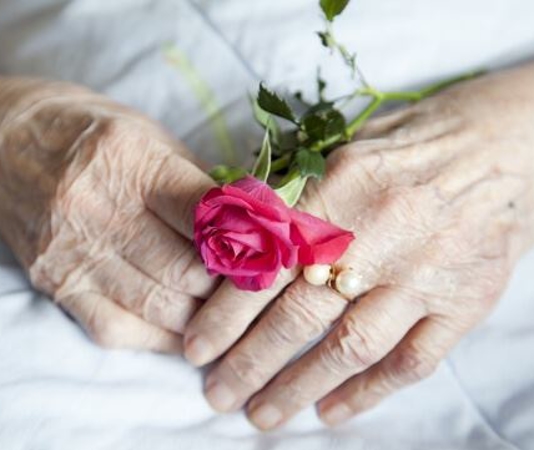To the majority of people, the term “social distancing” is a new one, but to many older people it is all too familiar. Now is a time to look at safe ways to interact while also building new understanding.
“Let’s remember this: the whole of American society is about to get dunked in the tank of social isolation that too many elders live in every day, year after year,” said Dr. Bill Thomas, geriatrician and founder of The Eden Alternative, a non-profit dedicated to improving the lives of elders. “Let us take this time to deepen our understanding of how difficult social isolation is.”
Dr. Thomas was speaking during a webinar in mid-March at the beginning of new restrictions in the United States and elsewhere in response to the COVID-19 virus and recommended precautions to slow the spread of the illness.
While professional caregivers have had training and may also have protective gear (such as gloves and a face mask) to don when interacting with people who still need care regardless of the current virus concerns, family caregivers may find themselves in unfamiliar scenarios. Unfortunately, scientists are reporting the most severe cases of COVID-19 have been in older populations and therefore this is considered a high risk group that needs protection from exposure to the virus. See this Centers for Disease Control list for staying healthy.
Here are a few ideas for how to remain connected to loved ones while maintaining physical distance, particularly between those exhibiting symptoms:
- Pick up the phone. Whether you visit a loved one daily or live far away, this is a good time to establish a routine of talking regularly to see how they are doing. If possible, make the conversation positive without too much fear of the unknown. Simply put a smile in your voice. You could talk about any spring flowers you see blooming or ask what signs of spring they can see; share family or friend updates; talk about a book you are reading or a movie you saw; share that you tried a new recipe and so on. Also, consider scheduling these calls to give their day structure—especially if this is replacing a daily visit—and that way they can anticipate your call and be ready to do their own sharing.
- If your loved one uses a smartphone, iPad, or computer, you can expand your interactions with FaceTime, Skype or other types of calls where you each see one another while talking. Remember to include grandkids or other family members in these calls too to increase their engagement.
- With these digitally connected folks, see if they’d like to play a game online together. AARP has several lists to get you started here.
- If you are nearby, drop off necessities such as food on their porch (for those in apartment buildings or communal living, call ahead to find out where you can safely leave a delivery for them), along with something extra like a book, crossword puzzle or other activity, or even a card signed by you and any other family or friends to cheer them up. If you are not nearby, go to your emergency list of contacts such as their neighbors to see who can check on them without having contact. And if you do not have an emergency list, see if there is local delivery available for food from Meals on Wheels to Doordash.
Chances are that if you have taken the recommendations of experts to self-isolate during this time in order to lower the spread of the virus, you might feel lonely, bored or helpless. Keep this new awareness in mind as you strive to alleviate feelings of loneliness, helplessness and boredom in an elder loved one’s life at this time and beyond.





